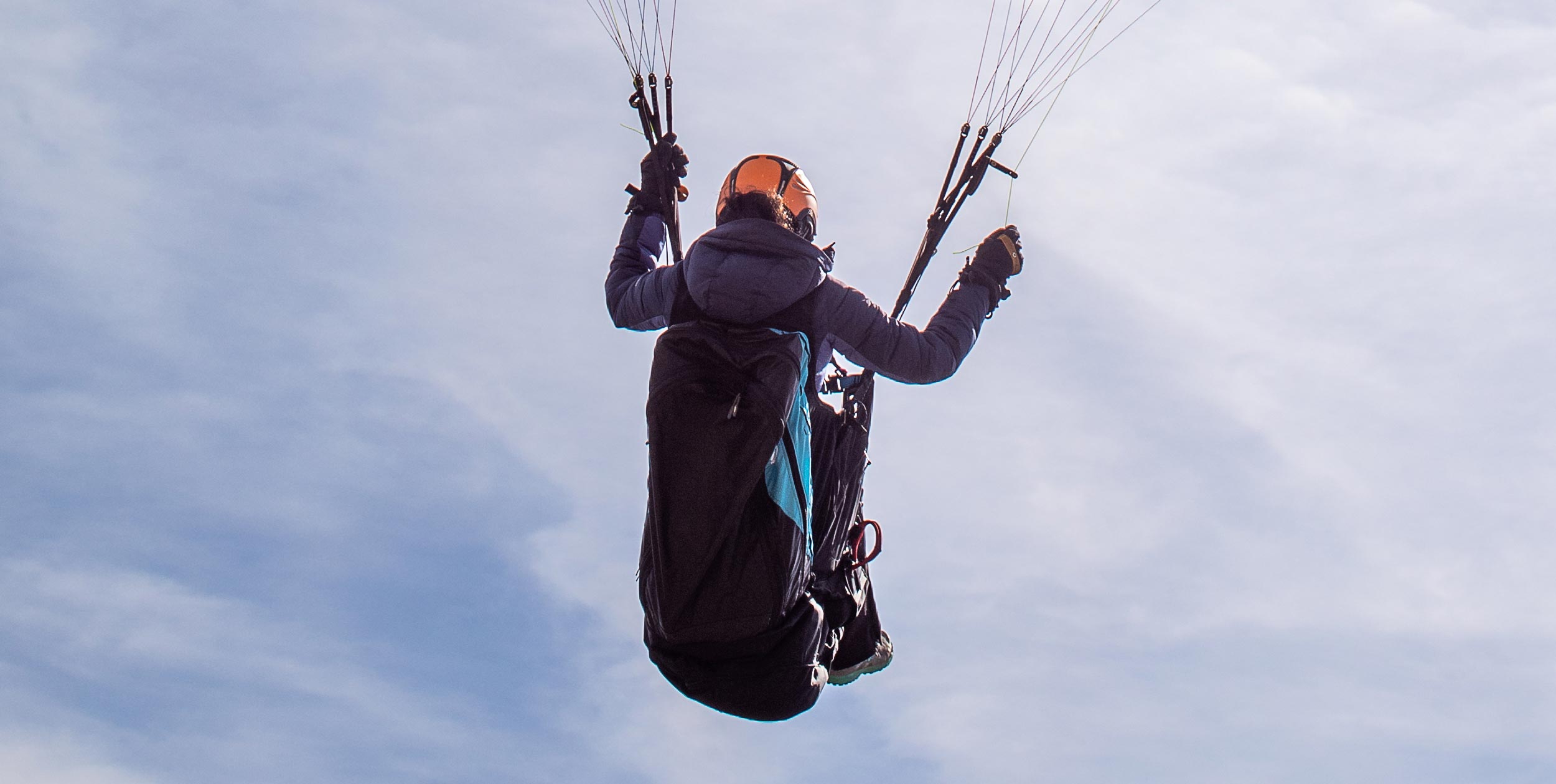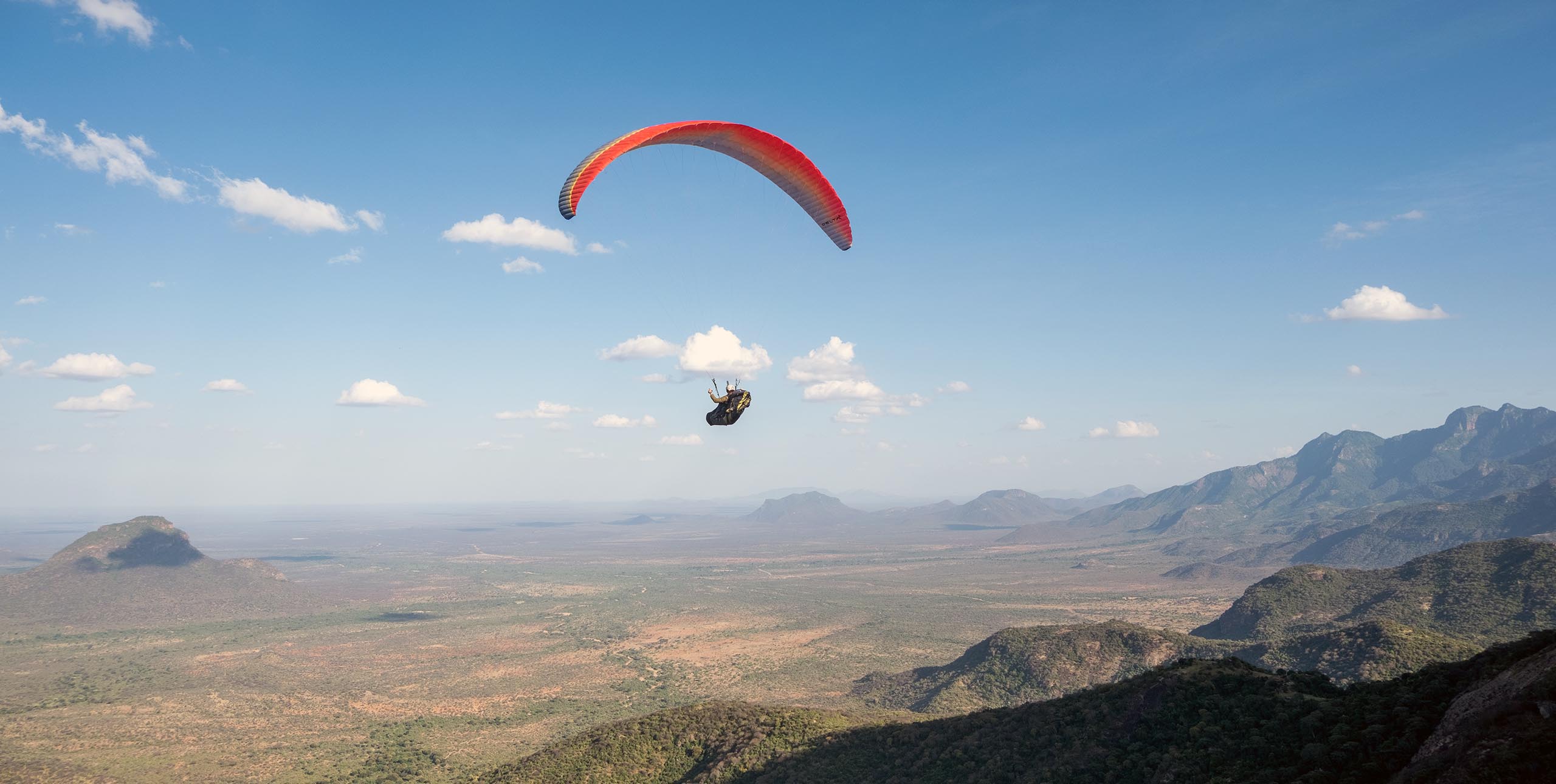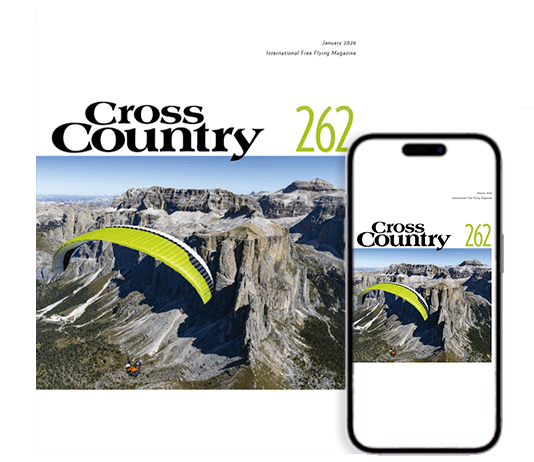
Physiotherapist Toby Clifford investigates a common complaint among hang glider and paraglider pilots and suggests some solutions.
It’s a classic day, the sky is looking good and you’re planning your route from your first climb of the day when it starts again – a nagging pain in your left shoulder that grows irritatingly intense. No position seems to ease it and you find yourself having to thermal in one direction, but still fall out of the climb and eventually land early in pain to watch everyone else above you disappear over the horizon.
The majority of flying injuries are traumatic in nature and occur on landing or take-off. Soft tissue sprains and bone fractures make for grim reading in the accident reports we all read with one eye screwed closed and the other wide open. However the type of injury described above is an overuse injury. The pathology is repetitive overloading of an anatomical structure. I used to think these types of injury were not common in flying but I’m coming across them more and often. Shoulder pain is the one I’ve seen most.
There are many conditions that could give rise to shoulder pain when flying but the most common is a condition known as Supraspinatus Tendonitis an inflammation of one of a group of muscles known as the rotator cuff that surround the shoulder joint. By being an inflammatory condition, pain is the end result. It’s the body’s way of telling you to stop – you’re causing damage. Rest it and it settles, return to flying again and back it comes. Anti-inflammatory drugs will help to calm it down more quickly but more often than not you need to change the factors that create the condition.
The anatomy and biomechanics of the shoulder are intricate and complicated. Of most importance to this particular injury is that the muscle tendon, a piece of connective tissue joining a muscle belly to a bone, has to run through a tunnel known as the subacromial space just above the shoulder joint. If this tunnel becomes narrowed for any reason it can produce a direct physical irritation to the tendon, eventually eroding it like a piece of string running over a rock. It is this that produces the pain and weakens the muscle. When rested the tendon heals with scar tissue; this can thicken the tendon and provide further narrowing of the tunnel. Before you know it the condition progresses quickly and can become chronic and difficult to resolve.
What can narrow the tunnel? Well, it’s usually posture. Paragliding harnesses place pilots in a reclined position, with your arms reaching forward and up to the control lines. This position can also protract the shoulder girdle and give a rounded shoulder appearance. It is this posture that can narrow the tunnel. Working hard on the control lines, for example when thermalling, can also compound the problem as it will force yet more pressure on the tendon.
If you suffer with something similar try the following tips and see if it improves your pain. There is no substitute for a proper medical assessment but this advice should be harmless regardless of your condition.
- Firstly try changing your harness set up. Set yourself to sit more upright, bringing your shoulders back to a more military position and thereby opening the tunnel somewhat and reducing pressure on the tendon.
- Relax your arms when possible on the control lines. Of course, we have to fly actively when conditions demand it, but this produces more pressure on the tendon. Shake your arms out and give them a rest when gliding through smooth air. This will at least prolong the time before pain arrives!
- Exercises can rehabilitate loss of strength in the muscle. Care must be taken here as inappropriate action could worsen the condition. As a general rule make sure you exercise pain free, both during and after training. Work on the rhomboids (to improve posture) and shoulder abductors (to strengthen the weakened muscle). A licensed therapist or trainer should help you with these to begin with.
- During periods of acute suffering direct ice application and oral anti inflammatories (such as Ibuprofen in the UK) will settle it. When rested, deep massage over the tender area and mild warming will help to reduce formation of scar tissue in the tendon.
If the problem persists seek help form your doctor or a licensed therapist. Like the taxman, it will not go away if you ignore it! Shoulder pain is only one type of injury relevant to flying. I would be interested to hear from flyers of all disciplines of any other type of injury with which they suffer.
Toby Clifford, MCSP, is a Sports Scientist and Chartered Physiotherapist based at the Body Factor Clinic, London, UK









